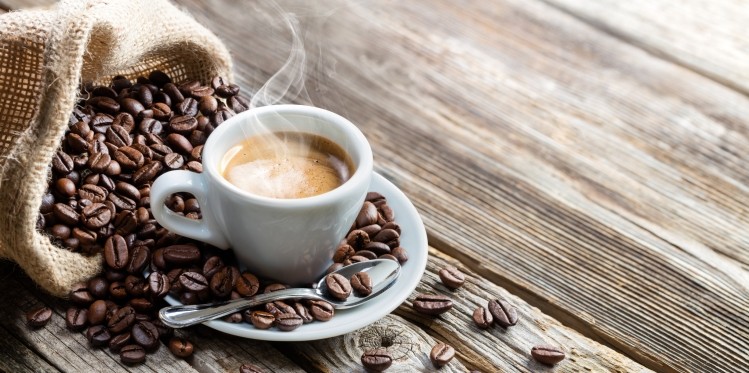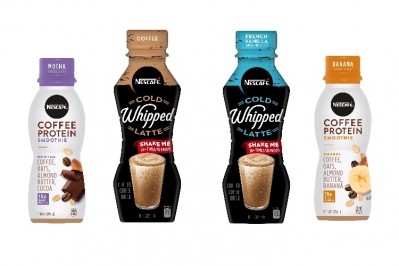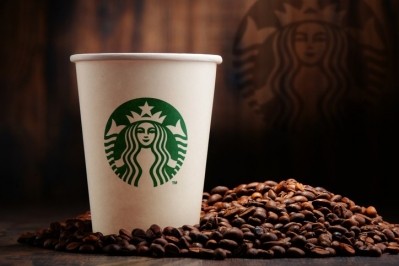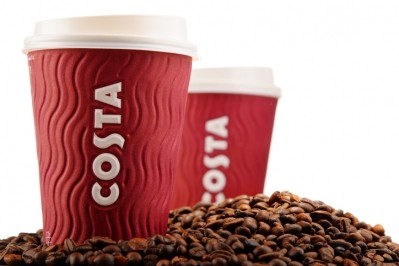The future of coffee: premium experiences and fewer capsules

A new Rabobank research report details how the coffee industry will change over the next decade, and it’s likely to fall in line with the industry-wide health-conscious movement.
Sustainability practices are key
Bean-to-cup machines are expected to decrease in cost and hit the mainstream, taking 25% of the single-serve at home market in the next ten years, according to Jim Watson, senior beverage analyst at Rabobank and author of the report.
Consumers interested in sustainable packaging are already rejecting the waste that comes with individual coffee pods.
Bean-to-cup machines grind fresh beans with every use, promoting the resulting product as having a high-quality fresh flavor unmatched by pods or instant grounds. This form of coffee-making gives consumers the chance to explore beans from any roaster in an innovative way, with almost no waste or messy cleanup.
“The fact that you can use beans that you can touch and see makes a big difference. It feels like a much more healthy, natural beverage. It’s a much more premium beverage rather than something that comes in a little plastic capsule,” Watson told BeverageDaily.
Though the coffee pod market is valued at $5.5bn in North America by Euromonitor, Rabobank believes that the appeal of a ‘premium’ coffee experience, like what is delivered at Starbucks’ roastery in Seattle, will be powerful enough to eclipse the pods.
“A lot of times we feel like what you see in the coffee shop is what you want to take home to your at-home coffee machine. So as people get more used to this premium experience in coffee shops, they’re going to want to be able to replicate that at home,” Watson said.
This means that smaller convenience stores, independent cafes and those serving unbranded coffee are all likely to suffer while trying to satisfy the new bean-to-cup coffee consumer.
The pressure to consolidate
Rabobank expects the landmark merger between Keurig Green Mountain and Dr. Pepper Snapple Group, announced in January 2018, to inspire other cross-category partnerships.
According to Watson, coffee is no longer viewed as an entirely separate drink in the beverage industry, particularly by younger consumers.
“It’s sold in the same places that you would buy other beverages. It’s increasingly consumed outside of the home and later in the day,” he said.
Coffee and big beverage players
Dr. Pepper and Keurig merge, 2018
Coca-Cola's Gold Peak launches RTD coffee, 2017
Nestle acquires Chameleon cold brew coffee, 2017
Coca-Cola acquires Illy coffee, 2007
PepsiCo and Starbucks launch first US RTD coffee, 1996
This puts pressure on big beverage brands to include coffee in their portfolio, and Rabobank predicts that giants like Coca-Cola and PepsiCo are likely to make major moves into the industry soon with both hot coffee and popular ready-to-drink (RTD) beverages. Even beer giant AB InBev could be attracted to the category, says Rabobank, given its steps into non-alcoholic options with Highball energy and Teavana JV.
Rabobank believes that ‘RTD coffee could triple its sales in the US, becoming a $12bn category at retail in ten years.’
Staying digital to survive
Smartphones have reshaped the coffee industry for the last several years and will continue doing so through mobile app ordering, rewards and subscription services.
Starbucks already sees 30% of its in-store revenue from mobile order-and-pay with 15 million active rewards members.
Keurig revealed that it ‘makes twice the amount of revenue from subscribers than it does from other customers.’
“Currently, having a strong digital presence is a strategic advantage for a coffee brand owner--but far from a necessity. This will change,” Watson said in the report.



![“When I look at the landscape of cold brew, everyone’s got the same boring [flavors]--vanilla, mocha, salted caramel. Just as a company I think that we’re not followers, we’re more trailblazers."](/var/wrbm_gb_food_pharma/storage/images/_aliases/wrbm_medium/publications/food-beverage-nutrition/beveragedaily.com/article/2018/06/28/hemp-oil-and-horchata-flavored-nitro-cold-brew-coffee-hit-the-market/8325154-1-eng-GB/Hemp-oil-and-horchata-flavored-nitro-cold-brew-coffee-hit-the-market.jpg)







